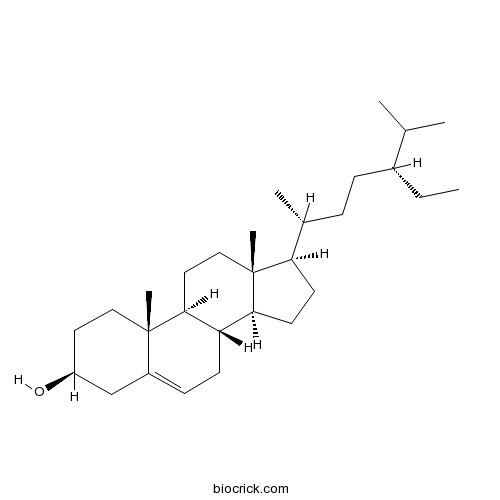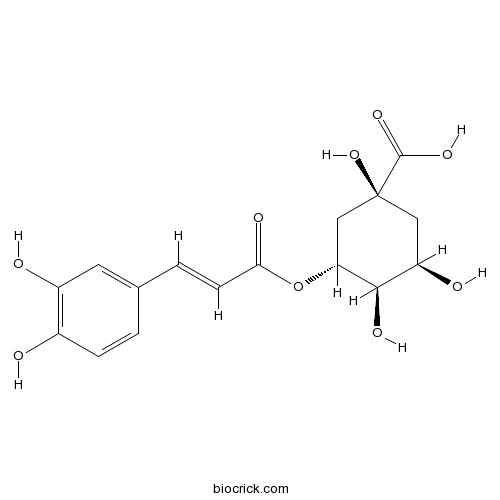Echinacea purpurea
Echinacea purpurea
Echinacea purpurea (Eastern purple coneflower or Purple coneflower) is a species of flowering plant in the genus Echinacea. It is native to eastern North America and present to some extent in the wild in much of the eastern, southeastern and midwest United States. E. purpurea can be propagated either vegetatively or from seeds.[1] Useful vegetative techniques include division, root cuttings, and basal cuttings. Clumps can be divided, or broken into smaller bunches, which is normally done in the spring or autumn. Cuttings made from roots that are "pencil-sized" will develop into plants when started in late autumn or early winter. One study shows E. purpurea has antidepressant properties in white rats as it increased the stimulating action of L-DOPA. Echinacea is believed by many people to stimulate the immune system. Alkamides from the roots of Echinacea purpurea (L.) Moench were examined for anti-inflammatory activity in an in vitro model system.
Products from Echinacea purpurea
- Cat.No. Product Name CAS Number COA
-
BCN1215
Chicoric acid 70831-56-0
PDF

-
BCN1015
Beta-Sitosterol 83-46-5
PDF

-
BCN5948
Ferulic acid 1135-24-6
PDF

-
BCN5906
Chlorogenic acid 327-97-9
PDF

-
BCN4953
Echinacoside 82854-37-3
PDF

-
BCN2096
Caftaric acid 67879-58-7
PDF

-
BCN1984
Tussilagine 80151-77-5
PDF




